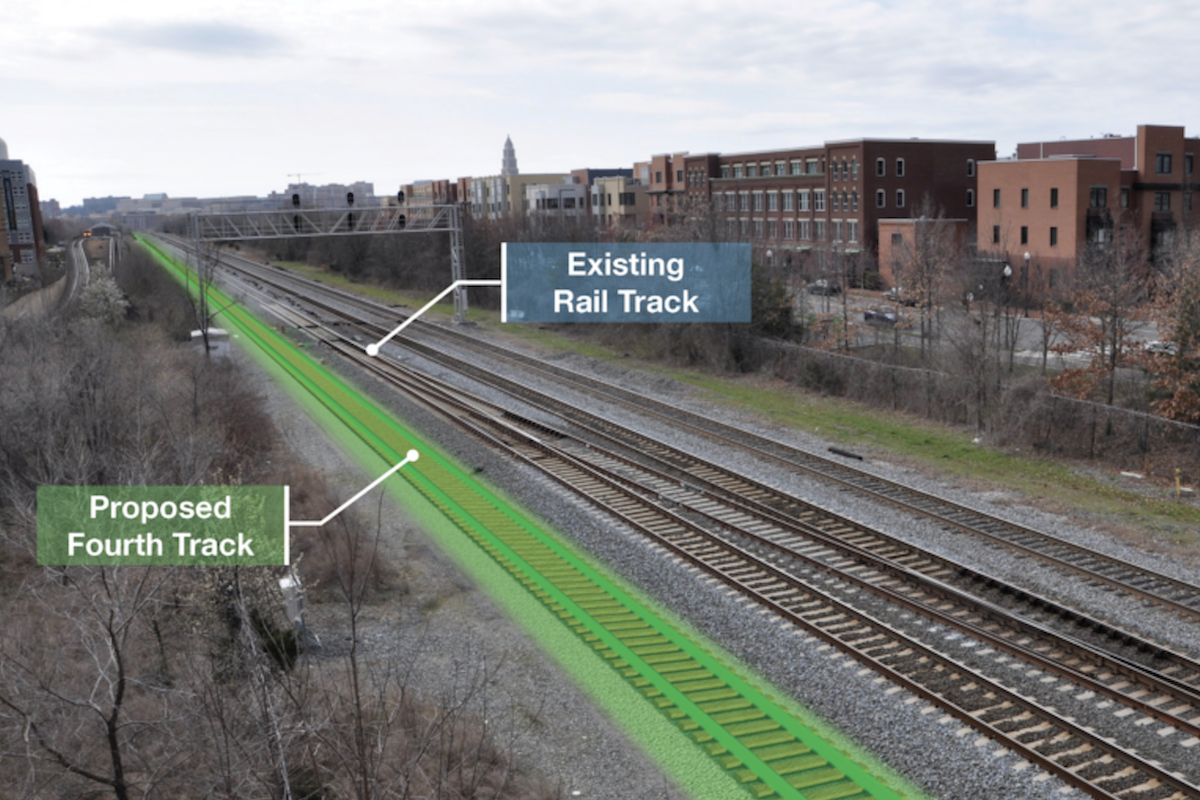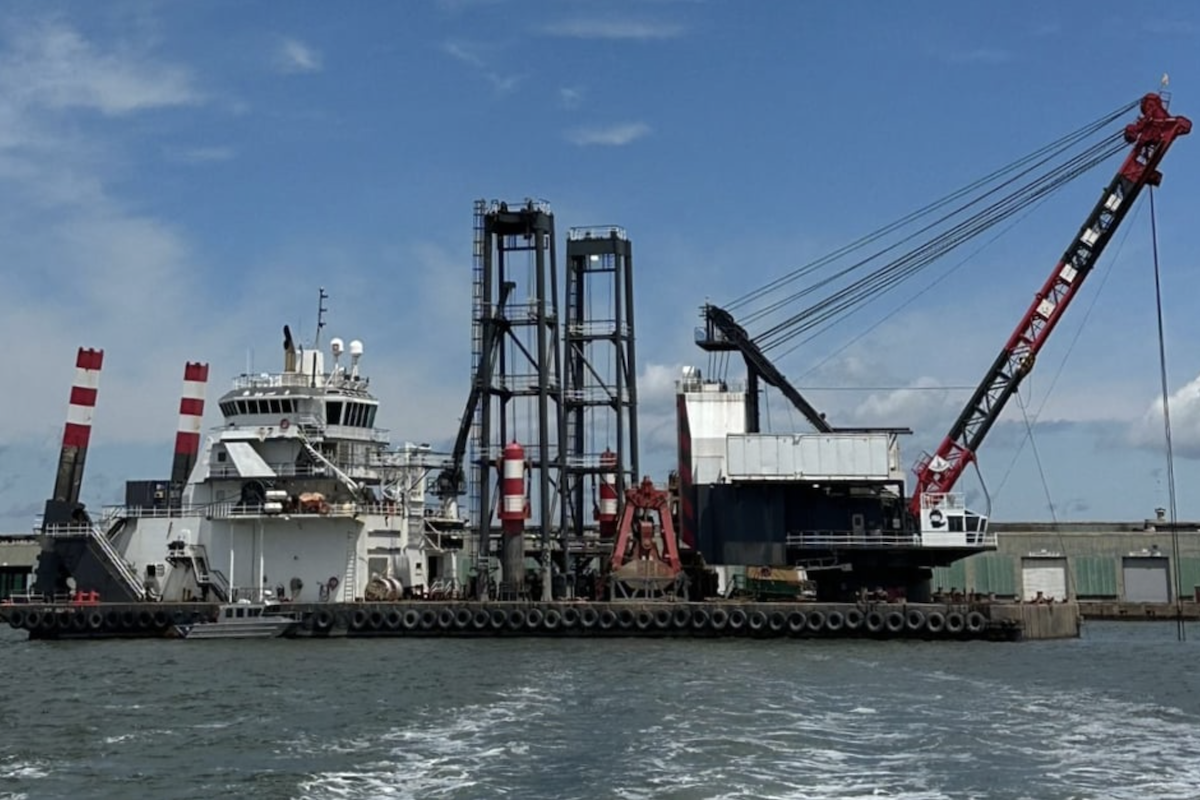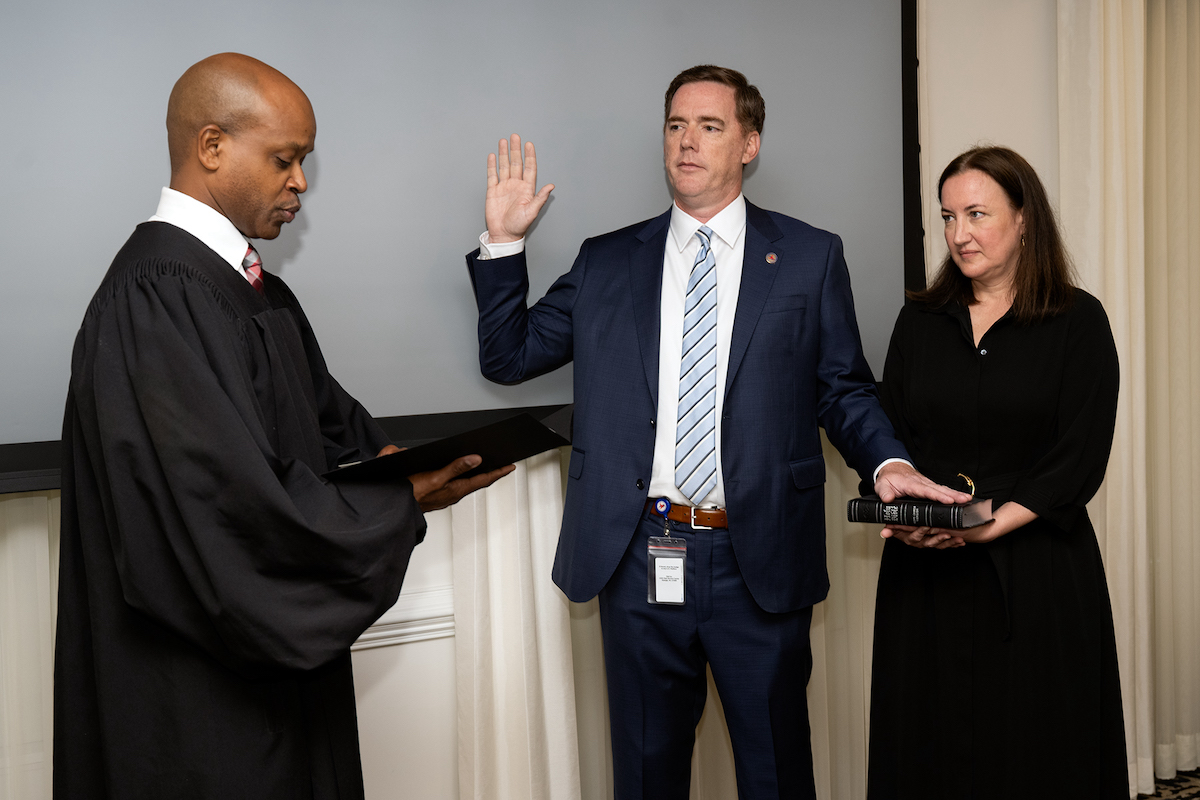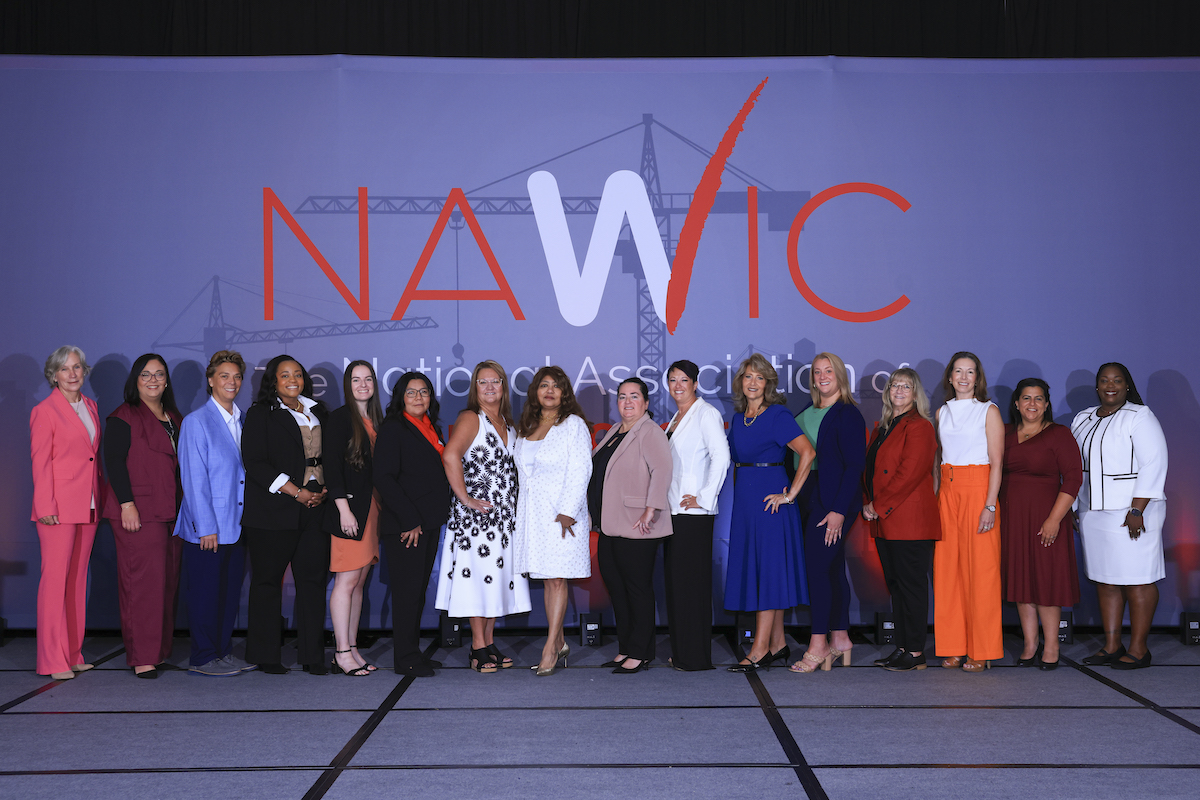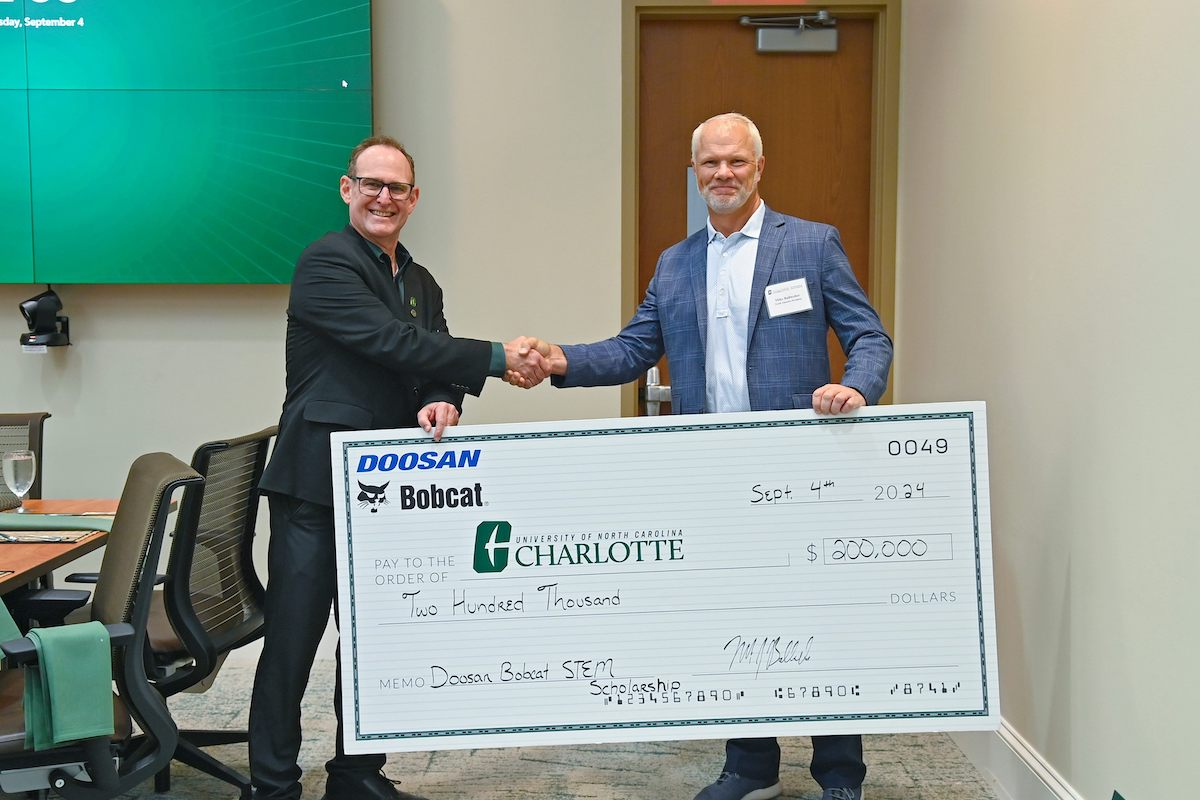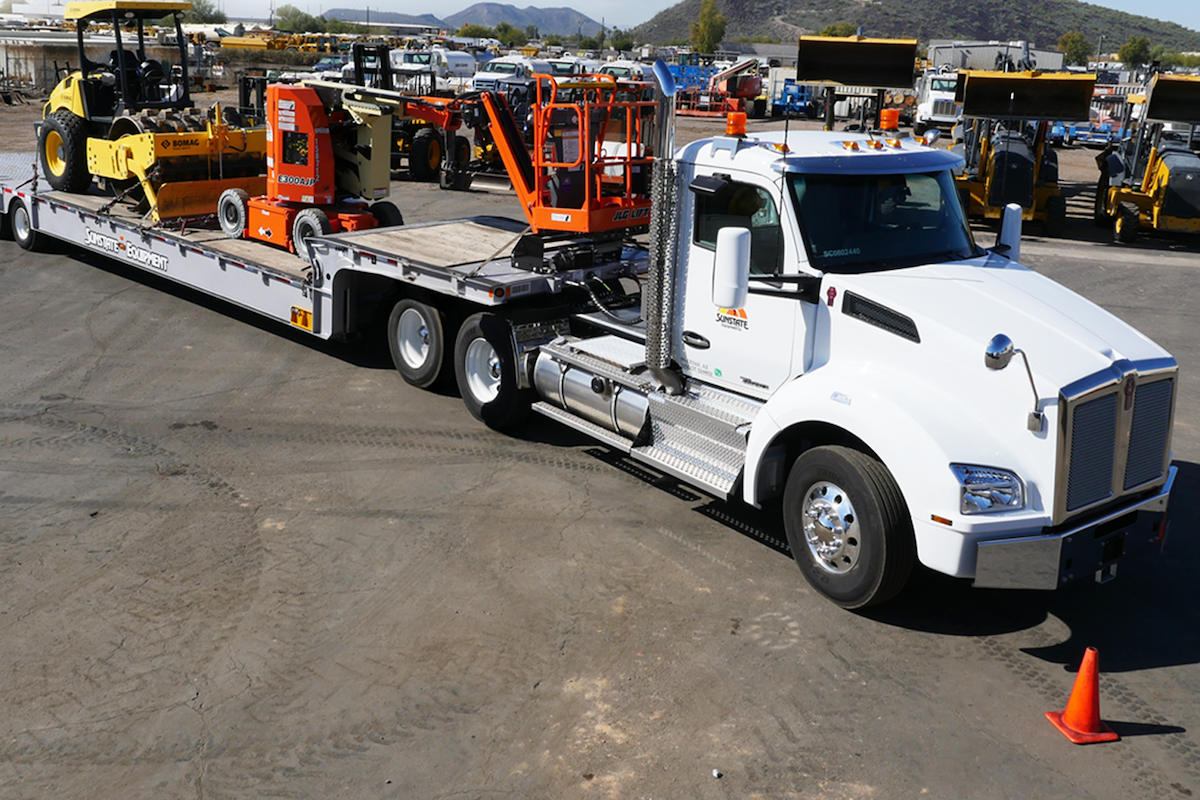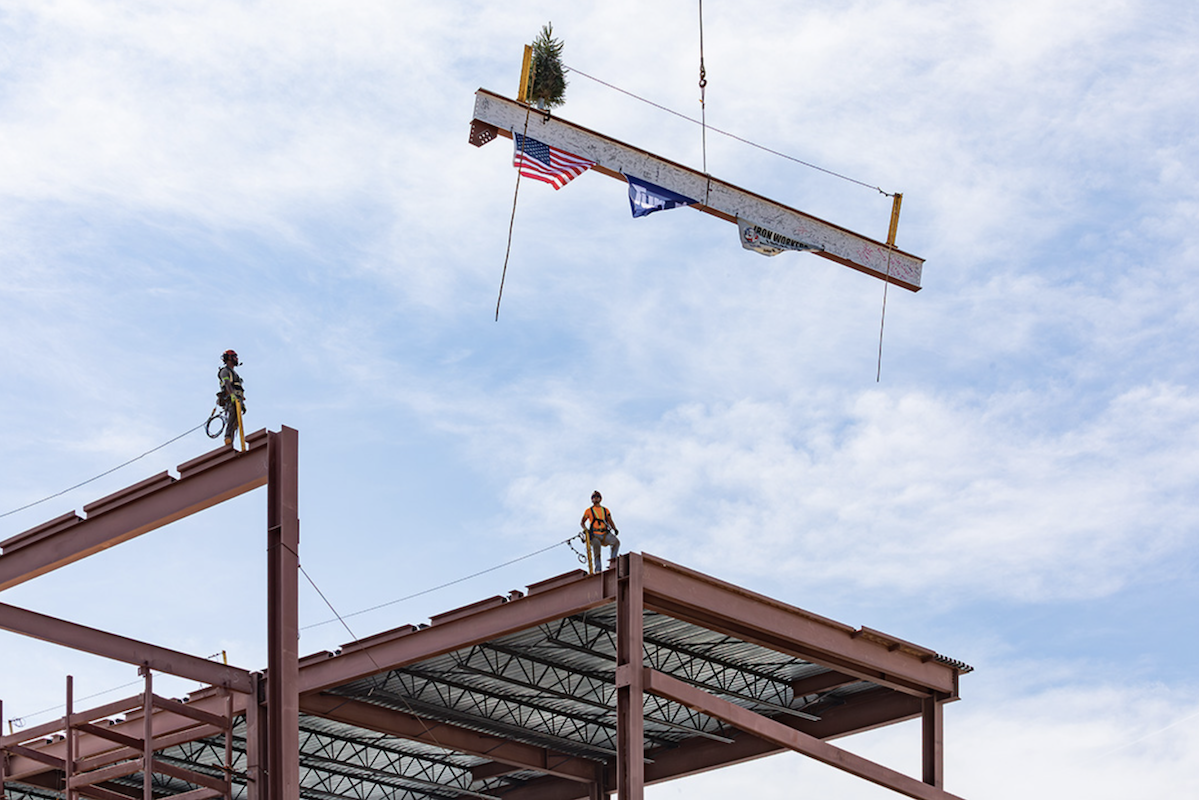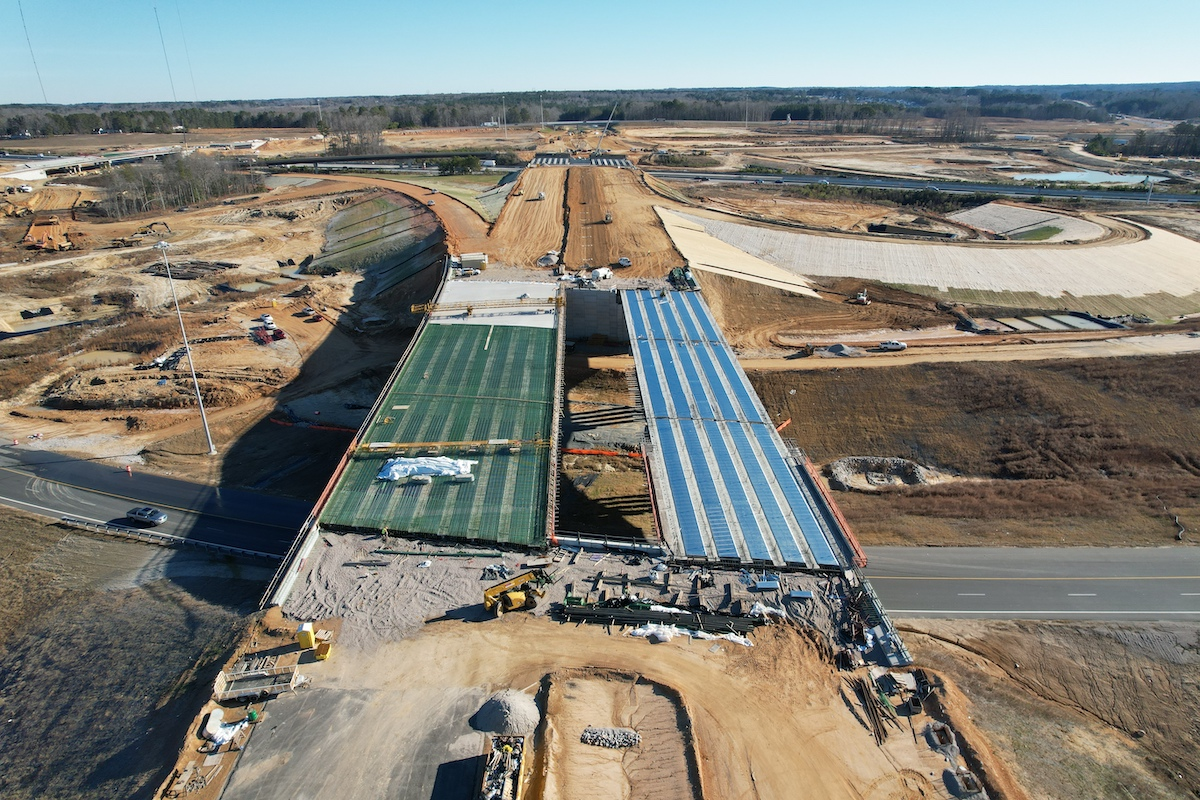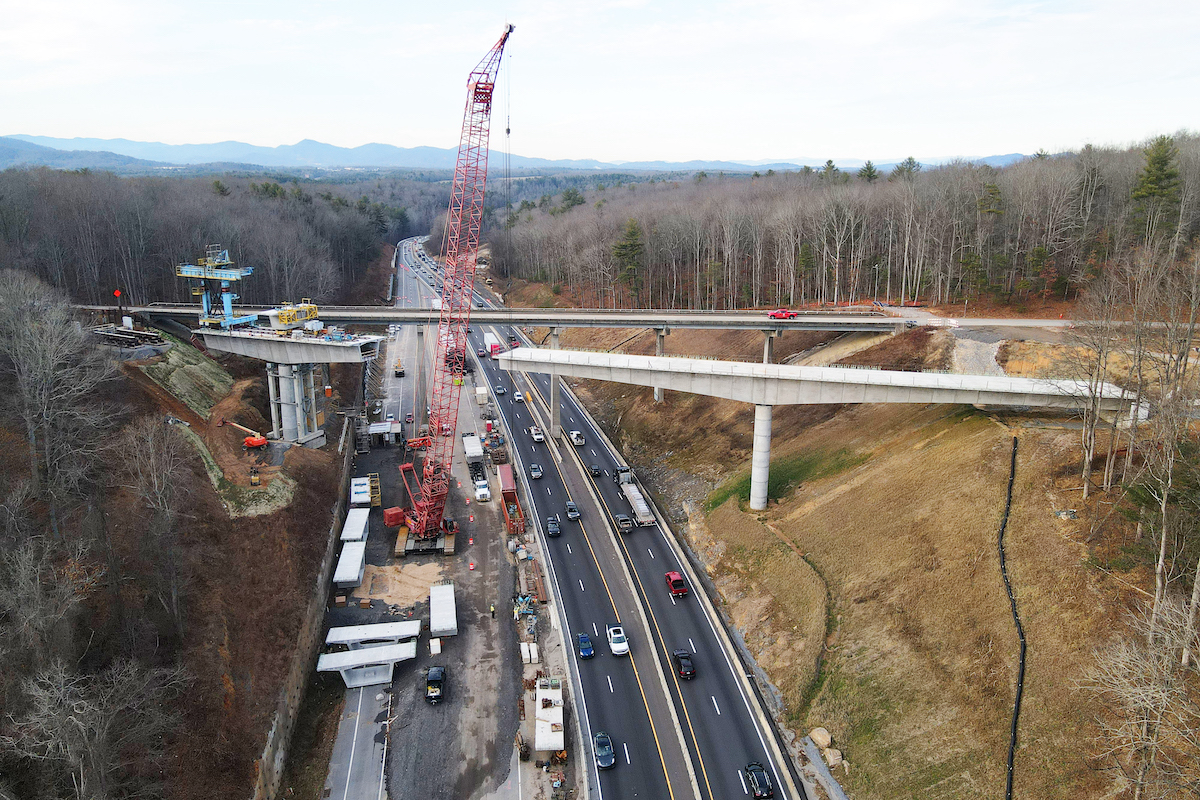In 2018, 73 percent of all border truck trade between California and Mexico crossed at the Otay Mesa Port of Entry (POE) at the San Diego/Tijuana border. However, chronic congestion and hours-long wait times harm both economic growth and the region’s air quality.
To address the problem, a joint venture between the California Department of Transportation (Caltrans) and the San Diego Association of Governments (SANDAG), in collaboration with state and federal partners in the U.S. and Mexico, is creating a new, state-of-the-art border crossing three miles east of the original Otay Mesa POE.
“The State Road 11/Otay Mesa East Port of Entry project will reduce border crossing wait times, enhance regional mobility, reduce greenhouse gas emissions, fuel economic growth, bolster bi-national trade, and strengthen border security and resiliency,” said Mario Orso, Caltrans/SANDAG Corridor Director.
The project includes a tolled approach road that will connect directly to the new POE serving both personal and commercial vehicles. With more than $600 million of construction on the U.S. side, the first phase of work began in 2013 and the last phase is projected to finish by 2024. (See “Project Phases” sidebar.)

| Your local Komatsu America Corp dealer |
|---|
| Linder Industrial Machinery |
The new border crossing will accommodate current and future growth, with a goal of reducing wait times to a 20-minute average. Current wait times can exceed 120 minutes for passenger vehicles and 150 minutes for commercial vehicles, and SANDAG models have shown that by 2040, these numbers could grow to five hours for passenger vehicles and six hours for commercial vehicles if the new POE isn’t built.
“The location is the last undeveloped site before reaching the mountains to the east, allowing for development of not only the new port of entry facility, but also supporting transportation infrastructure,” said Jacqueline Appleton-Deane, Caltrans’ Project Manager.
“Once the port of entry opens to traffic in a few years, SR-11 will become a tolled approach road for travelers crossing the border,” Appleton-Deane said. “The highway will use variable tolling to manage traffic demand, assist funding of the proposed port of entry, and help ensure an average 20-minute wait time at the new port of entry.”
In addition to connecting SR-11 to SR-905 and SR-125, the project adds connectors between the two existing highways. As a result, “This project facilitates state highway access for northbound cargo trucks crossing at the existing Otay Mesa POE and Commercial Vehicle Enforcement Facility, reducing truck trips on local streets,” Appleton-Deane said.
Caltrans expects a design-build contract for the new POE to be awarded in 2021 or 2022. Plans call for inspection lanes to be interchangeable to respond to border conditions, with flexibility for each lane to process either personal or commercial vehicles, depending on traffic. Through bi-national tolling, travelers will pay electronically at a single collection point.

| Your local Bomag Americas dealer |
|---|
| Linder Industrial Machinery |
The project also includes a new border wait time detection system tied to all POEs in the area. Advanced traveler information technologies will report current wait times to help travelers plan their route and select the regional POE that best meets their needs.
So far, project partners received $500 million in federal (40 percent), state (51 percent), and local (9 percent) funds.
“These funds secured the environmental documents and approvals, all the needed right-of-way, and the roadway infrastructure, as well as design and supporting financial analysis for the proposed Otay Mesa East Port of Entry and its companion state weight station/Commercial Vehicle Enforcement Facility,” Orso said. “The remaining portion of the project is expected to be financed with a combination of grants and toll revenue bonds.”
The construction work also required extensive coordination. “In addition to an international border and state commercial vehicle enforcement facility, the area is bustling with federal and local law enforcement agencies, city and county jurisdictions, businesses, property owners, a state correctional facility, and two other construction projects in the vicinity,” said Carlos Covarrubias, Caltrans’ SR-11 Senior Resident Engineer. “A strong communication plan, using multiple outlets, has been necessary to cooperate with all the stakeholders involved. The project team at times adjusted work windows to avoid impacting cargo trade, and collaborated with the nearby construction project schedules.”
As work progresses, special construction strategies increase efficiency. For instance, “With over one million cubic yards of earth moving to cut and fill, the contractor is taking advantage of Automated Machine Guidance (AMG) on the new roadway alignment and bridge cones,” Covarrubias said. “The earthmoving equipment with AMG technology uses global positioning devices and onboard computer data with engineered digital terrain and design models. This results in less staking and manpower, allowing operators to work safer, faster, and more efficiently.”

| Your local Topcon Positioning Systems Inc dealer |
|---|
| Linder Industrial Machinery |
To decrease future traffic disruptions in the busy area, on all the project’s bridges, “We’re using shrinkage-reducing admixtures to reduce early-age bridge deck cracking, and synthetic polyolefin macrofibers to restrain plastic and drying shrinkage cracking,” said Nikki Tiongco, Caltrans’ Senior Bridge Engineer. “The two technologies are combined for a ‘crackless’ concrete bridge deck.”
When the entire project finishes, “The SR-11 roadway and connector ramp construction will provide a direct connection to the planned Otay Mesa East facility, which will include an innovative, 21st-century U.S. land port of entry border crossing and a Commercial Vehicle Enforcement Facility, helping to enable fast, predictable, and secure border crossings,” Orso said.
- Mario Orso, Caltrans/SANDAG Corridor Director, South County and Trade Corridors
- Jacqueline Appleton-Deane, Caltrans Project Manager
- Maria Rodriguez-Molina, SANDAG Project Manager
- Segment 1 (SR-11 east from SR-905, including connectors from SR-905) – $53.7 million budget; started October 2013 and finished November 2016
- Northbound Connectors (westbound SR-905 to northbound SR-125, eastbound SR-905 to northbound SR-125, and westbound SR-11 to northbound SR-125) – $19.1 million budget; started August 2015 and finished March 2017
- Segment 2A and 4 (continuation of SR-11 to future Otay Mesa East POE, as well as connectors from southbound SR-125 to eastbound SR-905 and eastbound SR-11) – $127.2 million budget; started May 2019 and scheduled to finish December 2022
- Southwest Connector (southbound SR-125 to westbound SR-905) – $28.1 million budget; scheduled to start October 2020 and finish April 2022
- Segment 2B (Siempre Viva interchange at SR-11) – $27.2 million budget; scheduled to start December 2020 and finish July 2022
- Segment 2C (Commercial Vehicle Enforcement Facility at Otay Mesa East POE) – $28 million budget; scheduled to start in 2021 or 2022 and finish two years later
- Segment 2D (tolling system mainly on SR-11, with variable pricing toll signs on various freeways) – $24 million budget; scheduled to start in 2021 or 2022 and finish two years later
- Segment 4 (Otay Mesa East POE) – $300 to $350 million budget; scheduled to start in 2021 or 2022 and finish two years later















